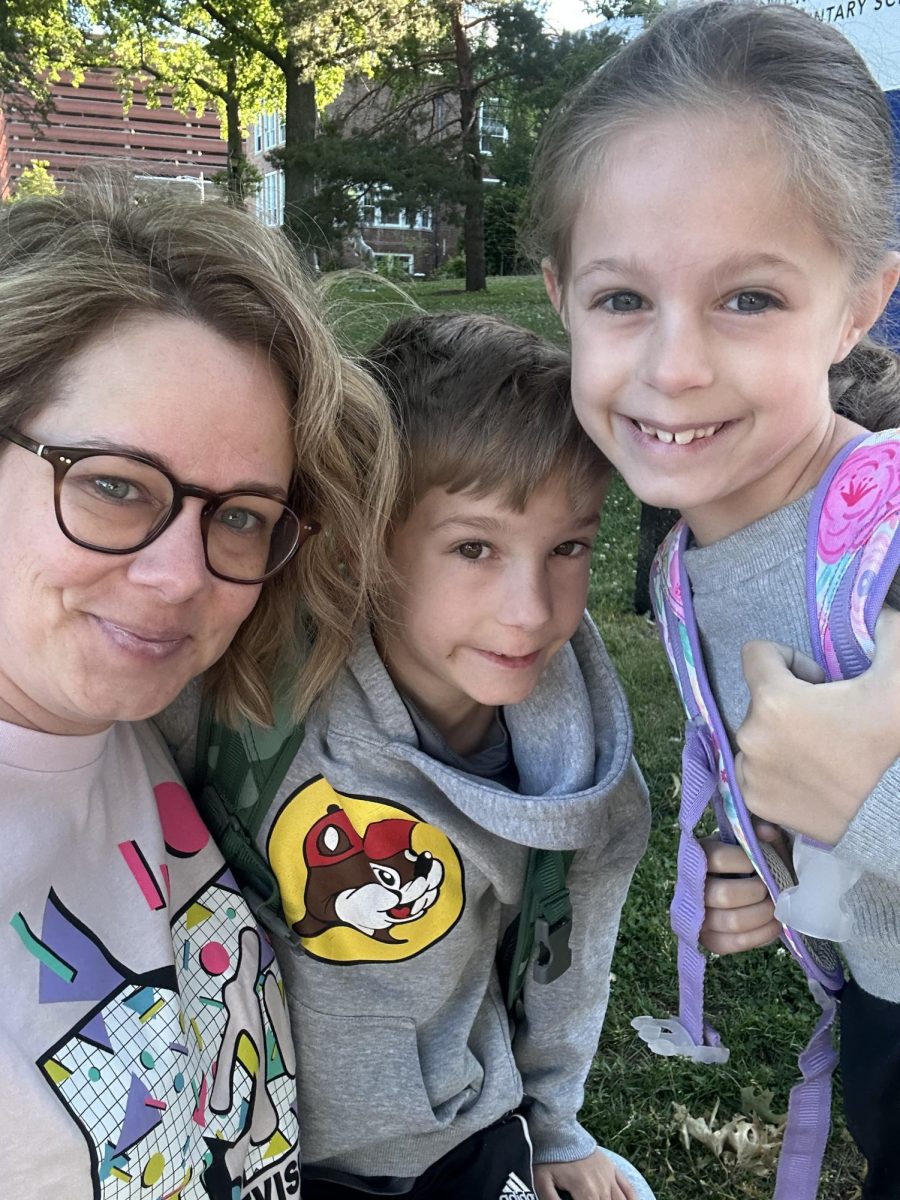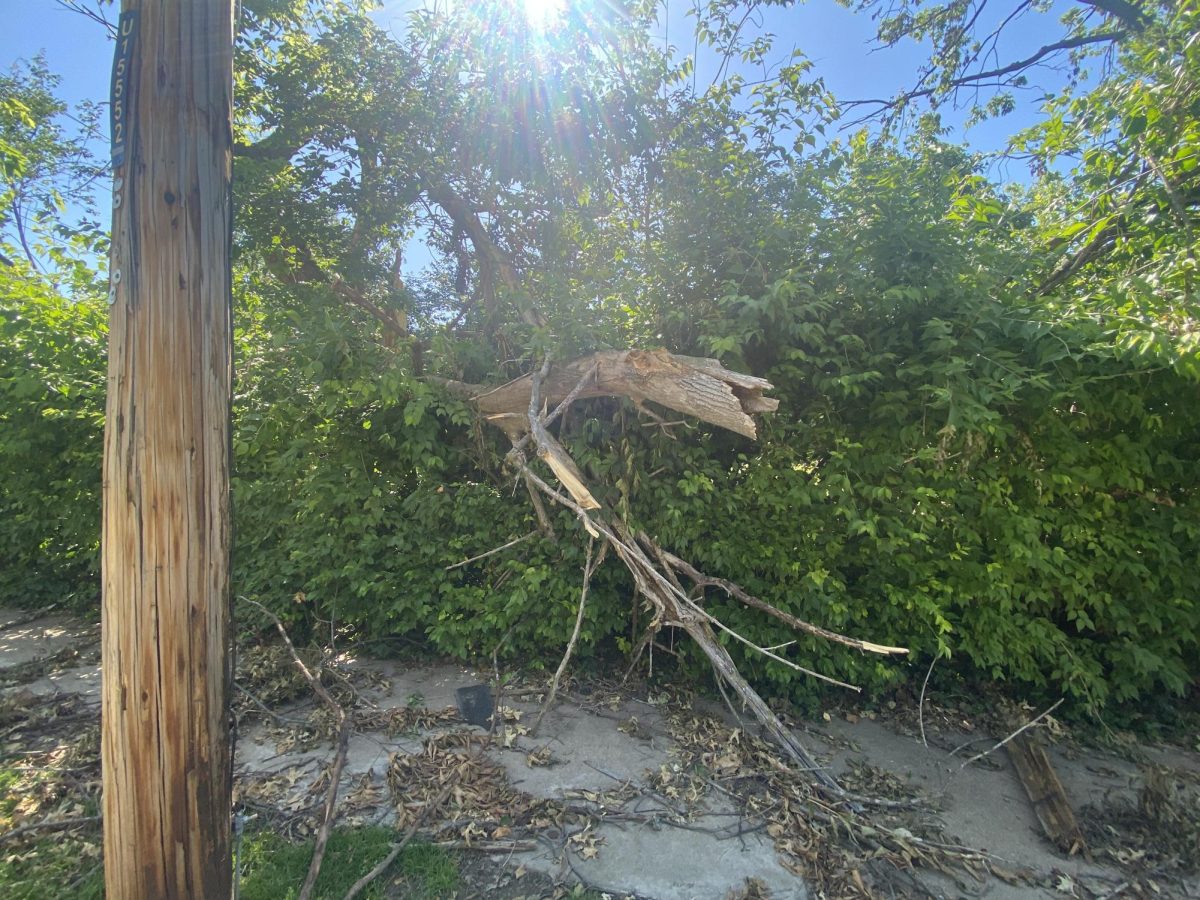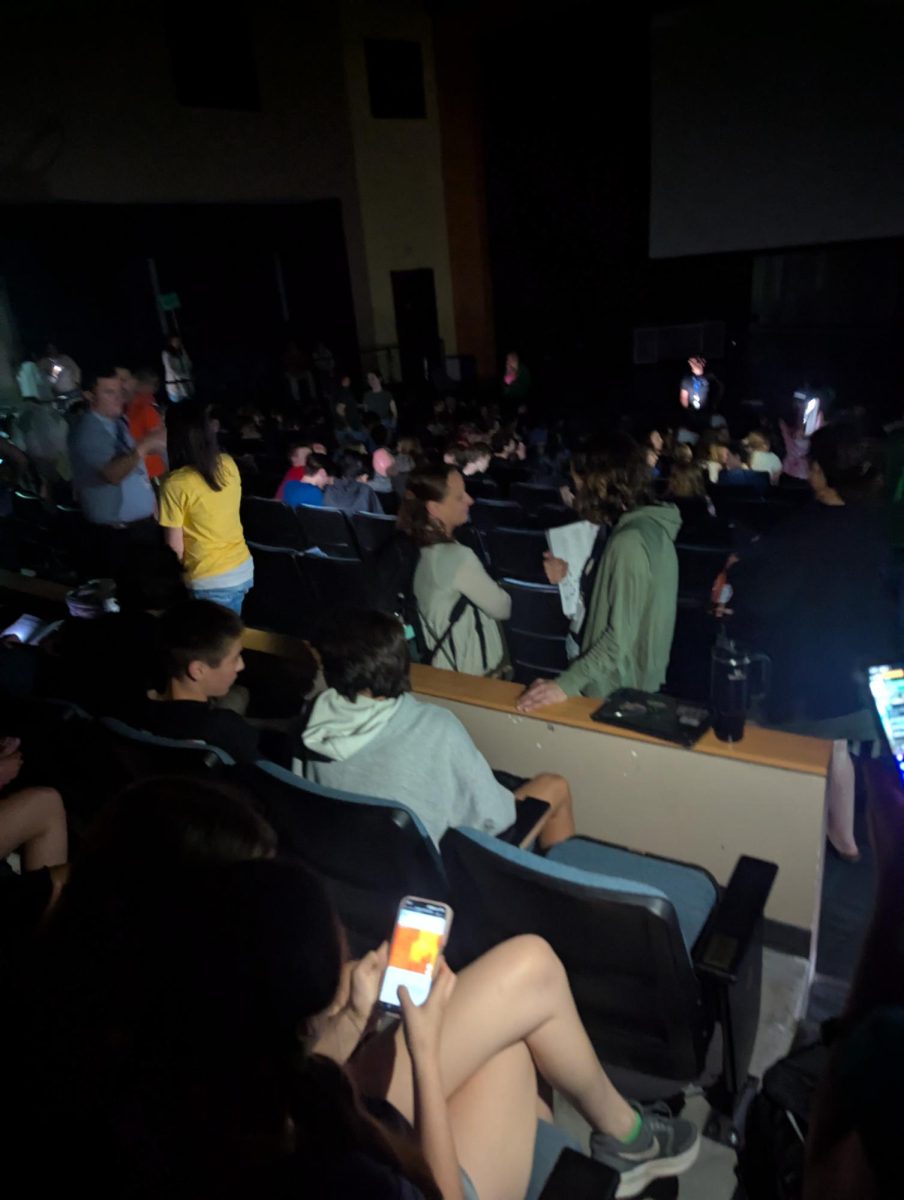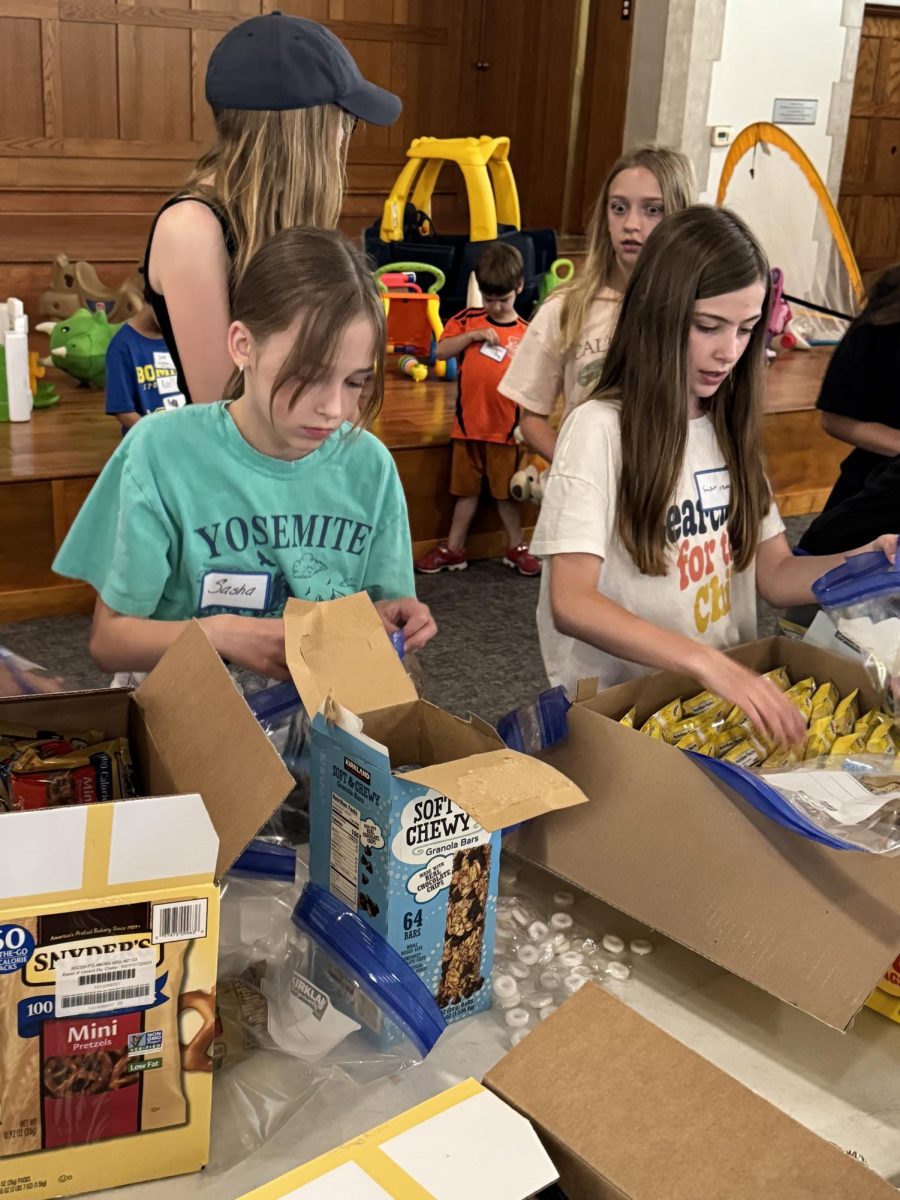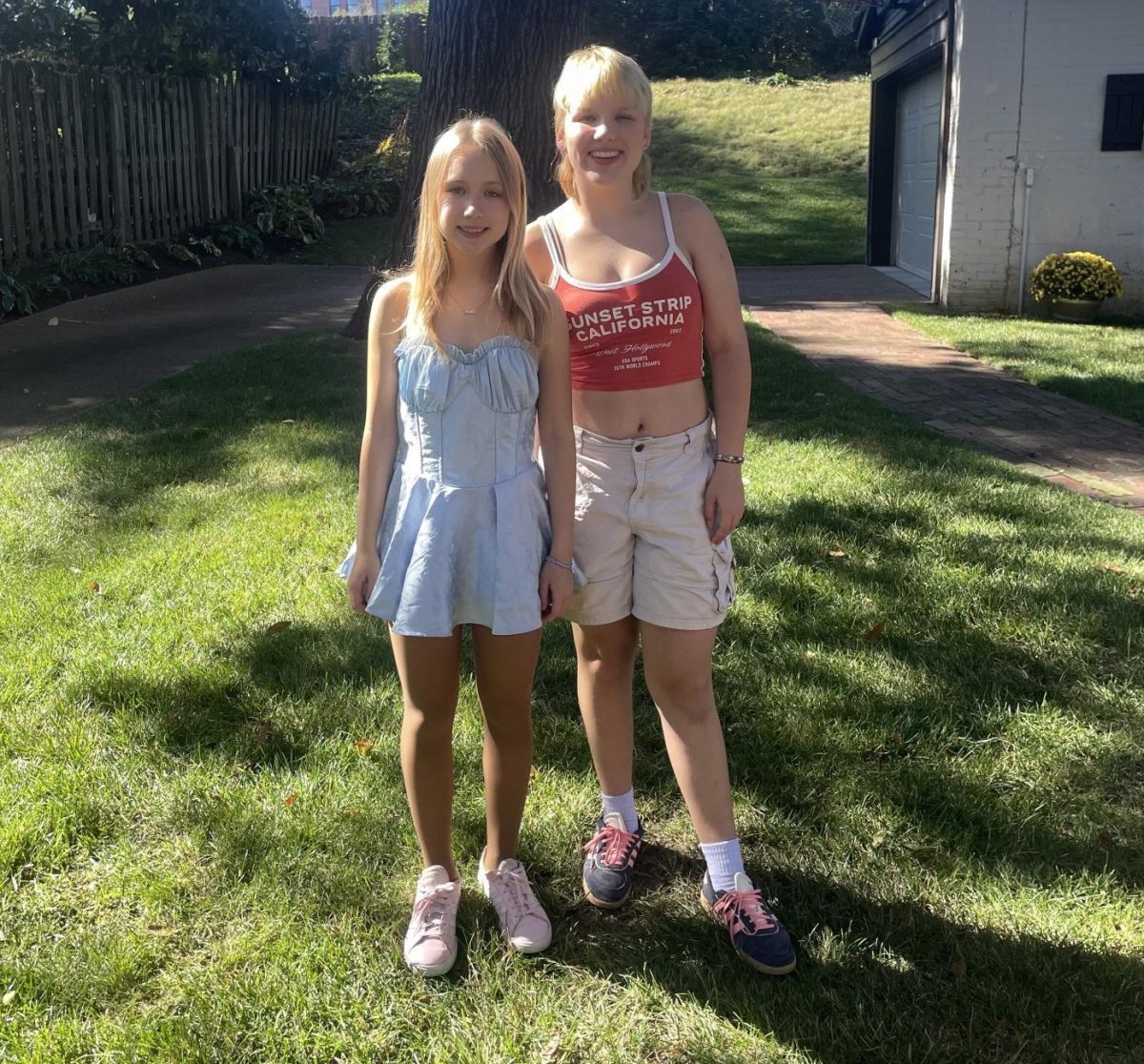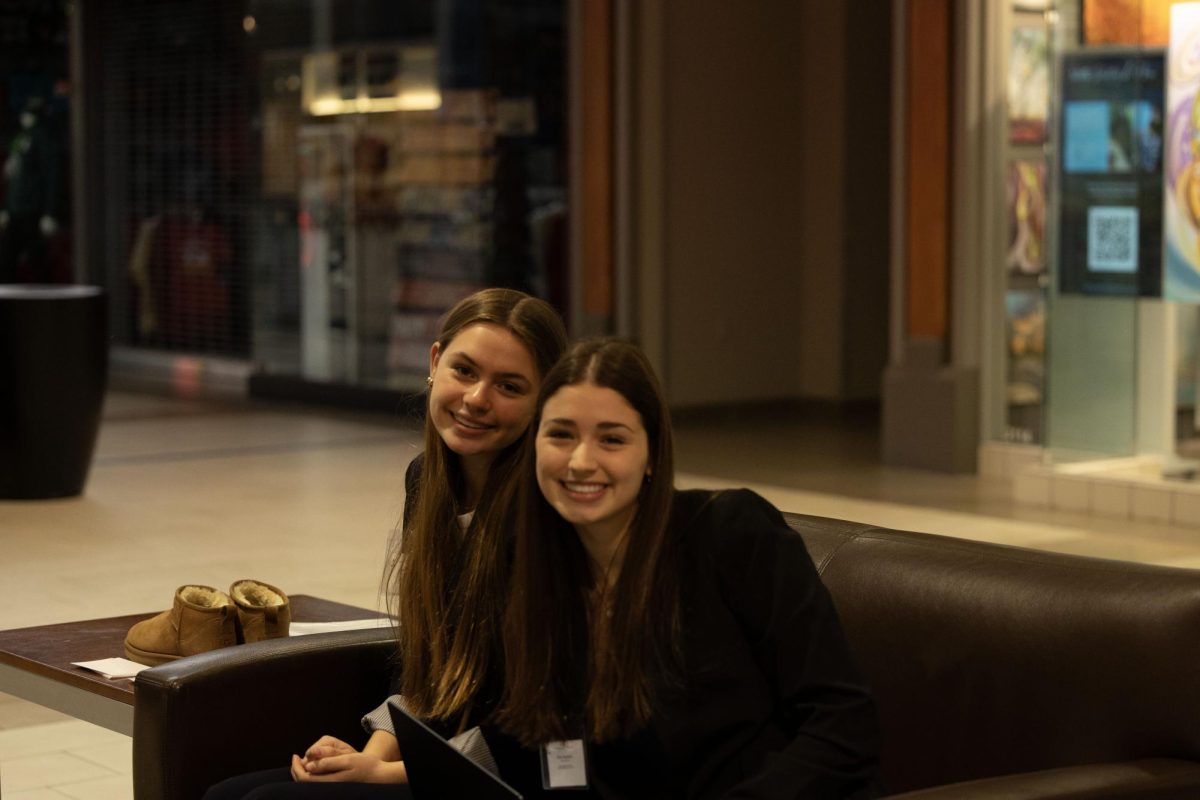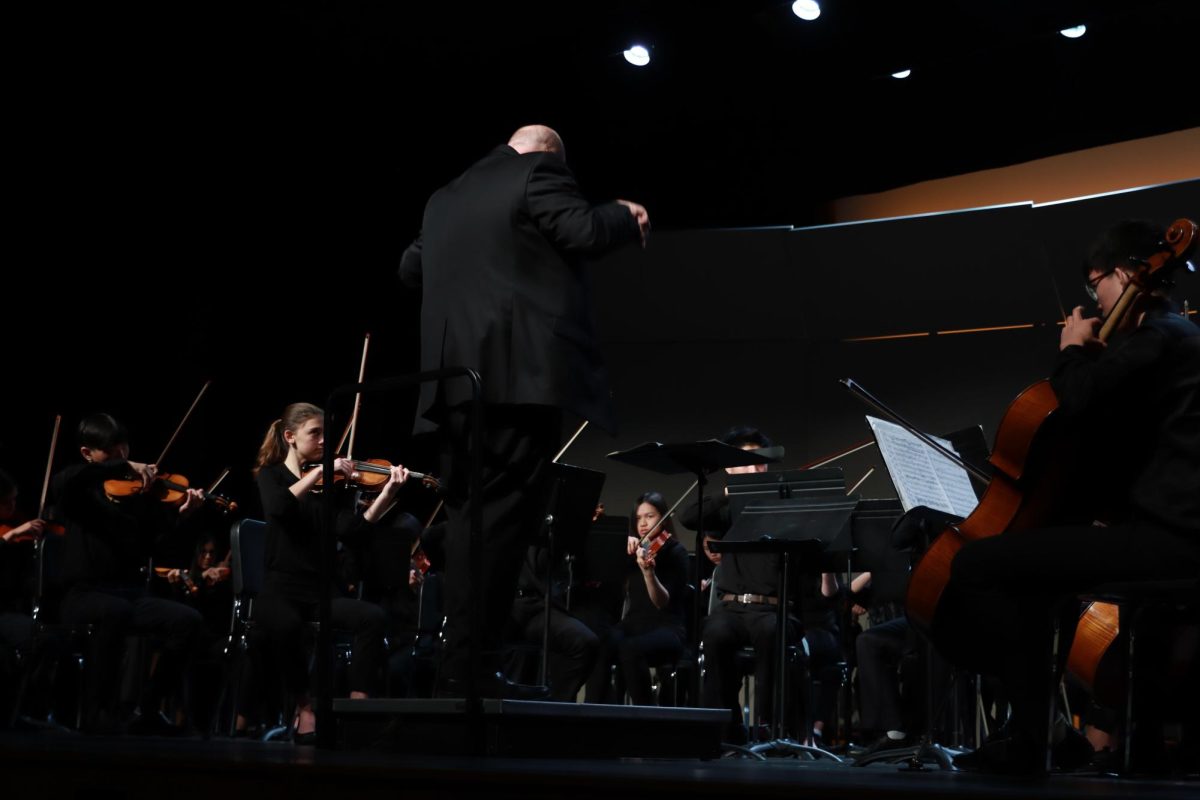Next year, CHS students taking Introduction to Engineering Design, a newly offered Career and Technical Education (CTE) course, will not have to buy cell phone cases. Why? The school’s recent purchase of a 3-D printer.
“A 3-D printer is a printer almost like your regular HB inkjet printer, but the table on the printer lowers each time it makes a pass,†engineering teacher Stephen Beauchamp said. “It builds up very thin layers of plastic and cures it instantly until you have a final product at the end.â€
One of the projects in Introduction to Engineering Design will be for students to measure their cell phone dimensions and print a personal case.
To print in the third dimension, a person must use the Computer Aided Design (CAD) software to make a 3-D model, then convert the model before sending it to the printer.
The 3-D printer was an expensive investment, costing $32,000. To pay for the printer, CHS received a grant from the state to make the purchase. CHS looked at two different models of printers before deciding to purchase the more expensive one for higher quality prints. In fact, the 3-D printer at the high school is very similar to the one owned by Washington University, whose engineering department is often ranked in the top 50 engineering colleges nationwide.
The printer helps CHS save money, as students can test their creations before spending a lot on the manufacturing process.
“It gives us the ability to see the models in the computer and actually have a physical model to see if it works,†Beauchamp said. “We can do a lot of testing before we have to spend a lot of money on manufacturing and we can check it and make sure it works and make sure all the sizes … are correct.â€
Emily Widder, a CHS senior, has a 3-D printer at her house, and is excited that CHS now owns one.
“You can design your own little creations or use some that other people have created,†Widder said.
Websites have been made for people to share 3-D models specifically for printing, making the process easier for those with less technological experience.
Of all the things the Clayton printer has produced, Beauchamp says some of his favorites include a small, rubber band powered airplane and a differential with working gears.
Widder says her favorite part is the “cool factor.â€
“Not everybody can say they have a 3-D printer,†she said. “It’s pretty sci-fi and futuristic.â€
Beauchamp offers advice to students who, like Widder, enjoy the printer or want to learn more.
“I would encourage students who are interested in it to pursue some of the engineering classes and get some exposure to the design process and how things work,†he said.
Noah Engel, a sophomore, agrees and loves using the school’s 3-D printer, feeling it provides a great way to utilize creativity.
“It provides us a method for bringing our ideas for life.â€


